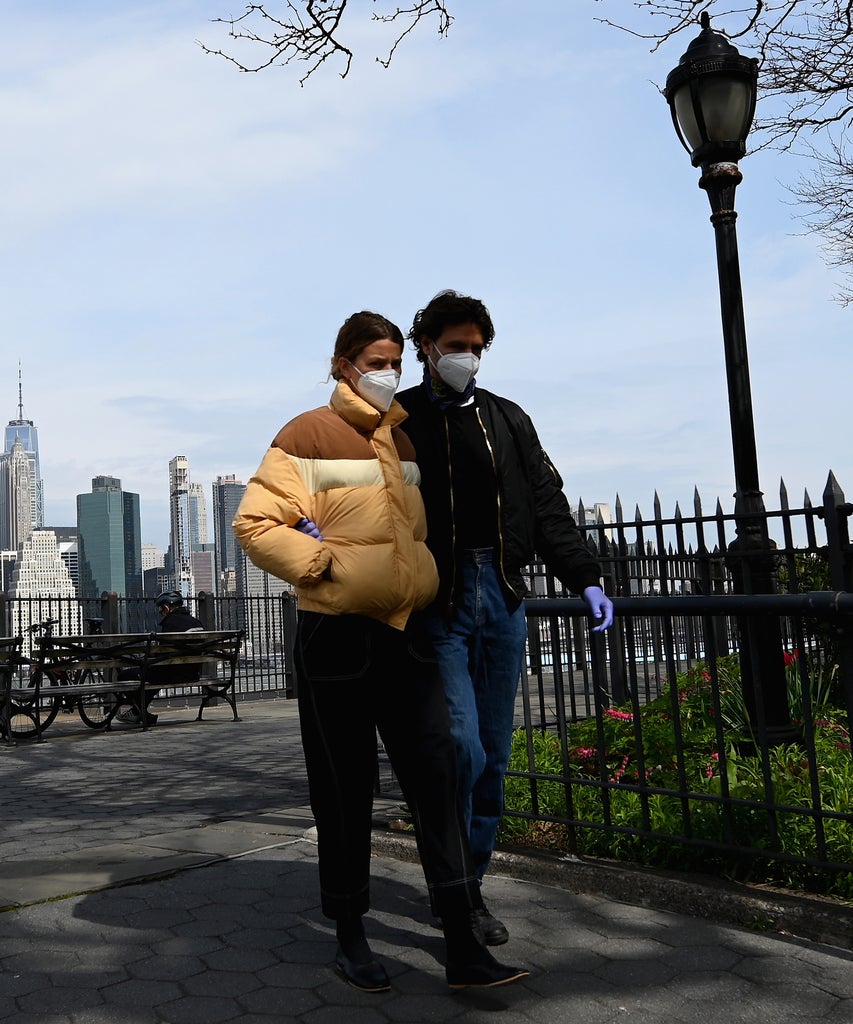#DMTBeautySpot #beauty

Officials are predicting a second wave of the COVID-19 outbreak — and they say it could hit us when we’re already vulnerable: during flu season this fall and winter.
“There’s a possibility that the assault of the virus on our nation next winter will actually be even more difficult than the one we just went through,” Robert Redfield, director of the The Centers for Disease Control and Prevention, told The Washington Post. “We’re going to have the flu epidemic and the coronavirus epidemic at the same time.”
Influenza and coronavirus have similar symptoms — fever, cough, fatigue — which could make diagnosing more difficult for doctors. The flu can be deadly, too, especially for older people. Last year, the virus killed about 34,200 Americans and sickened an estimated 35.5 million, according to the CDC. A resurgence during flu season would also put even more pressure on healthcare systems that are already swamped.
SARS-CoV-2 (the virus that causes COVID-19) has strained hospitals for resources — PPE gear is in such short supply, some doctors and nurses are reusing masks and gowns. “In some of those hospitals that are no longer performing elective procedures, we are converting operating rooms to intensive care units so that we are prepared for a further surge in patients,” Joanne Roberts, SVP and chief value officer at Providence Health & Services, told Healthcare Dive. Healthcare workers are putting in long hours doing dangerous work; add a second virus into the mix, and experts are afraid that the stress will only increase.
One factor that could increase the likelihood of a resurgence is if social distancing restrictions are lifted too soon, according to an article published in The Lancet medical journal earlier this month.
Officials aren’t yet sure whether the second wave of COVID-19 in the U.S. would be milder or more severe than the first, which has so far killed 44,575 and sickened at least 802,583 in America, according to The CDC.
“I don’t know if it will be worse, I think this has been pretty bad,” explained Deborah Birx, MD, the White House coronavirus task force coordinator, according to CNN. “When you see what happened in New York, that was very bad. I believe that we’ll have early warning signals both from our surveillance that we’ve been talking about in these vulnerable populations. We’re going to continue that surveillance from now all the way through to be able to give us that early warning signal.”
The 1918 influenza pandemic, known as the “Spanish flu,” hit in multiple waves. It killed an estimated 50 million people and infected 500 million, and The Guardian reports that the first wave was milder than the ensuing ones, with the second being particularly bad. Historians believe the second wave was so deadly because it was caused by a mutated virus which spread during wartime troop movements, according to the History Channel. But since no two diseases are the same, experts don’t know if coronavirus will follow the same pattern.
Right now, all eyes are on China. It was the first country to suffer from a serious outbreak, meaning it would logically be the first to have a resurgence. China is “on a knife edge between recovery and another wave of coronavirus cases,” CNN reported earlier this month. Singapore and Germany have seen an uptick in cases, although both countries were initially credited for handling the coronavirus swiftly and effectively, The Guardian reports.
Some experts are saying that any subsequent outbreaks of the virus will likely be more manageable than what we’re currently experiencing. “Epidemics are like fires,” Justin Lessler, an associate professor of epidemiology at Johns Hopkins University, wrote in The Washington Post in March. “When fuel is plentiful, they rage uncontrollably, and when it is scarce, they smolder slowly… As repeated waves of the epidemic reduce susceptibility (whether through complete or partial immunity), they also reduce the force of infection, lowering the risk of illness even among those with no immunity.”
As of now, we can only focus on what’s in our control. That means: getting a flu shot this fall; supporting healthcare workers and researchers as they continue to fight COVID-19 and, hopefully, develop an effective vaccine; and continuing to practice social distancing, even once the first wave of the virus begins to slow down.
COVID-19 has been declared a global pandemic. Go to the CDC website for the latest information on symptoms, prevention, and other resources.
Like what you see? How about some more R29 goodness, right here?
New Wisconsin COVID-19 Cases Traced Back To Voters
New Findings Could Change The Coronavirus Timeline
How To Cope With Your Coronavirus Anxiety
DMTBeautySpot
via https://www.DMTBeautySpot.com
Molly Longman, Khareem Sudlow

0 comments